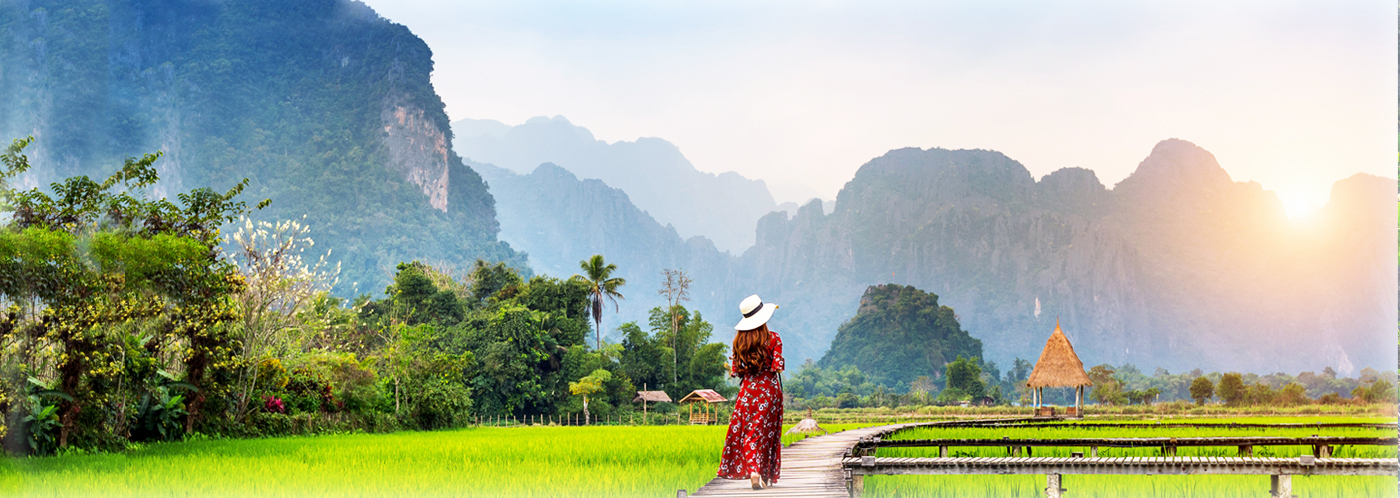Vietnam Tourism 2025 Honors the Nation’s Top 10 Green Hotels for Sustainable Excellence
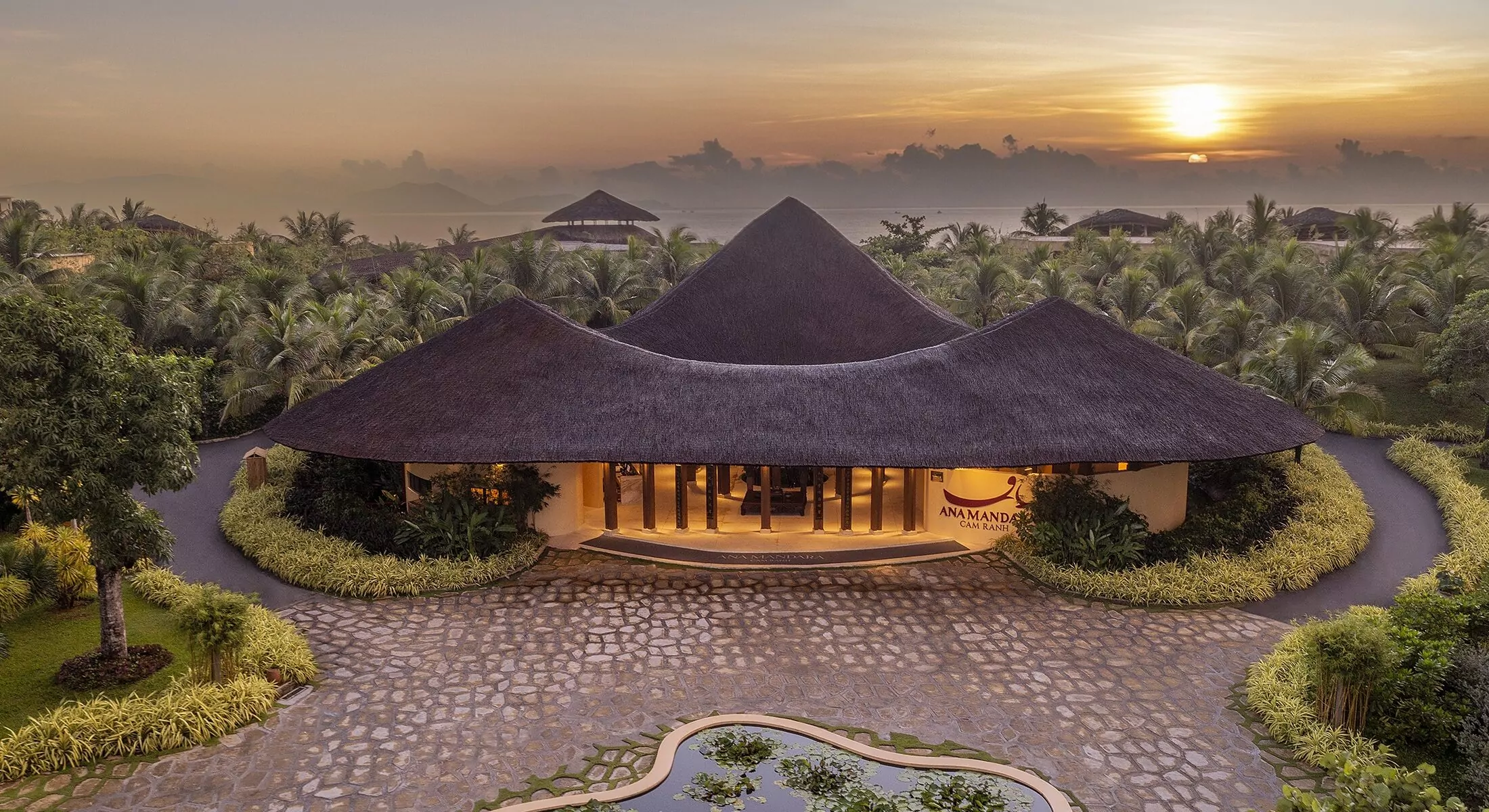
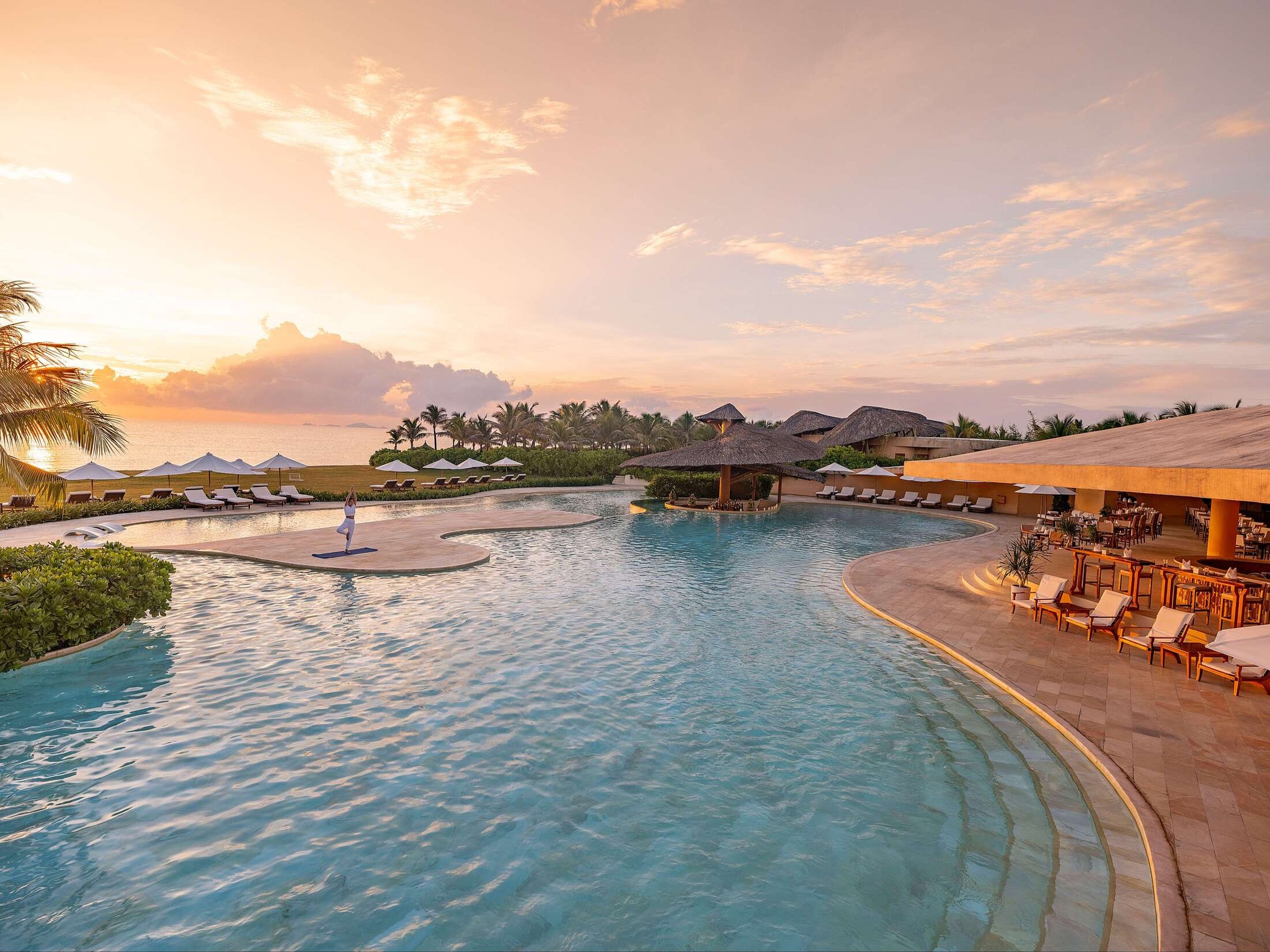
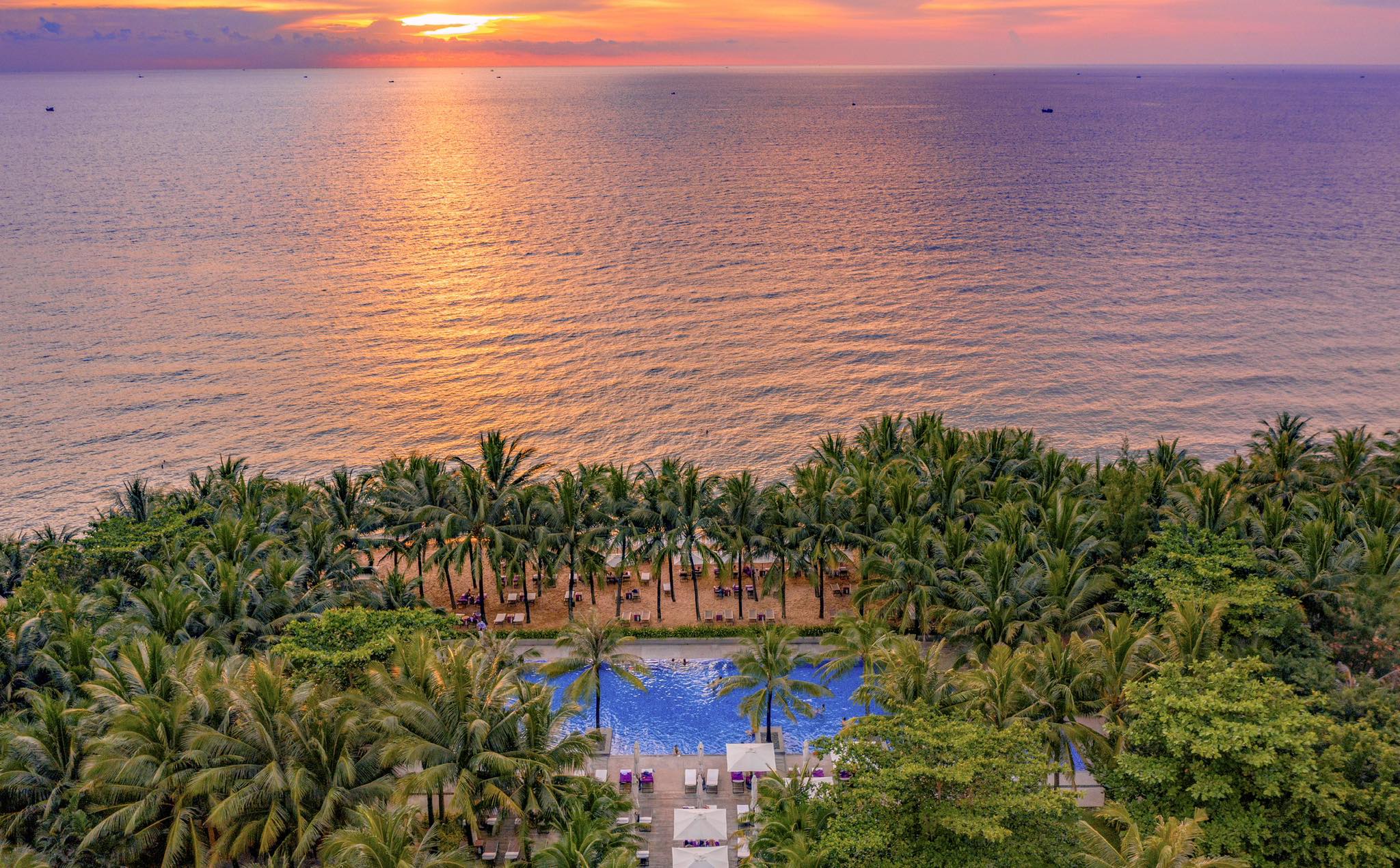
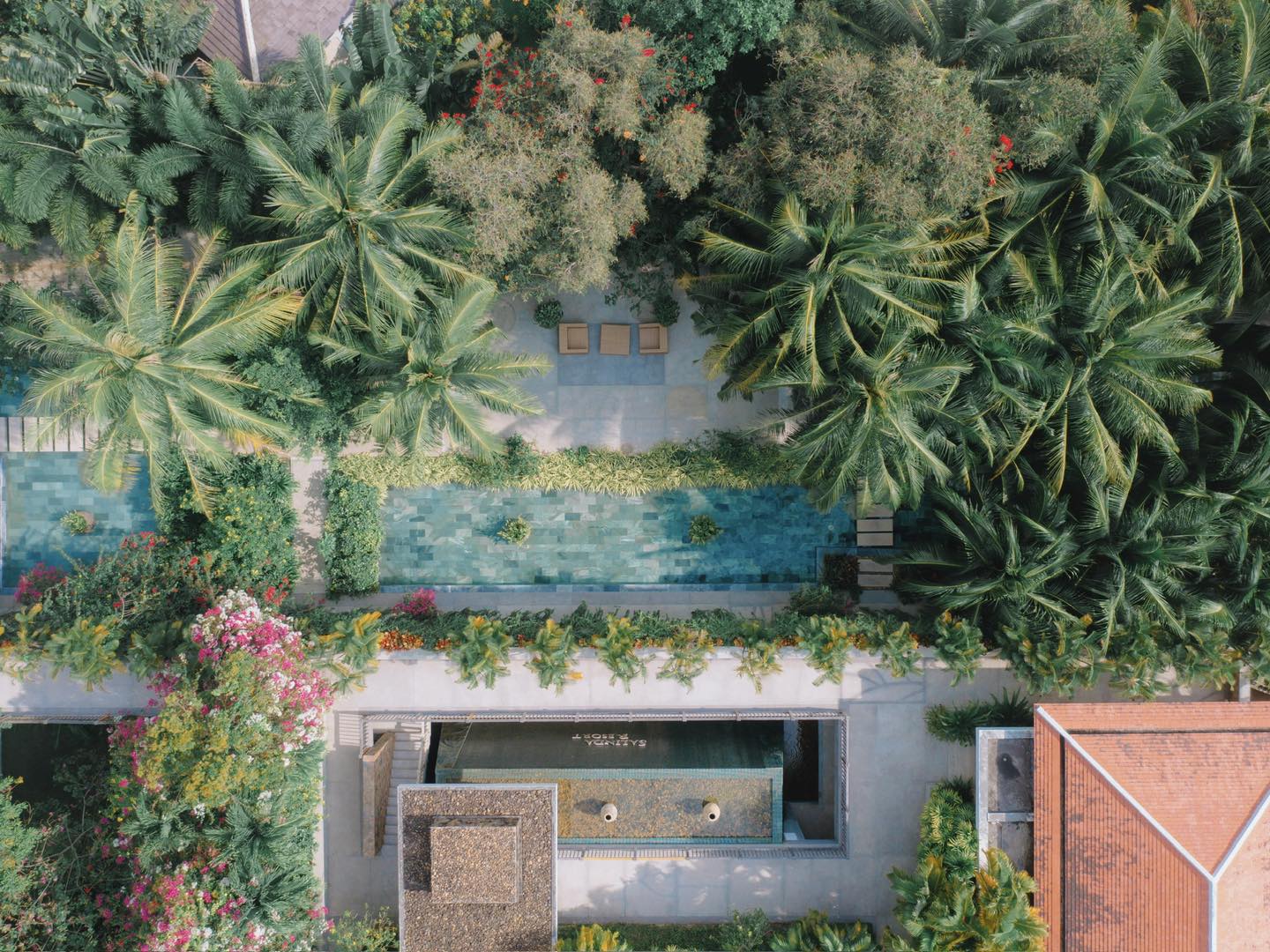
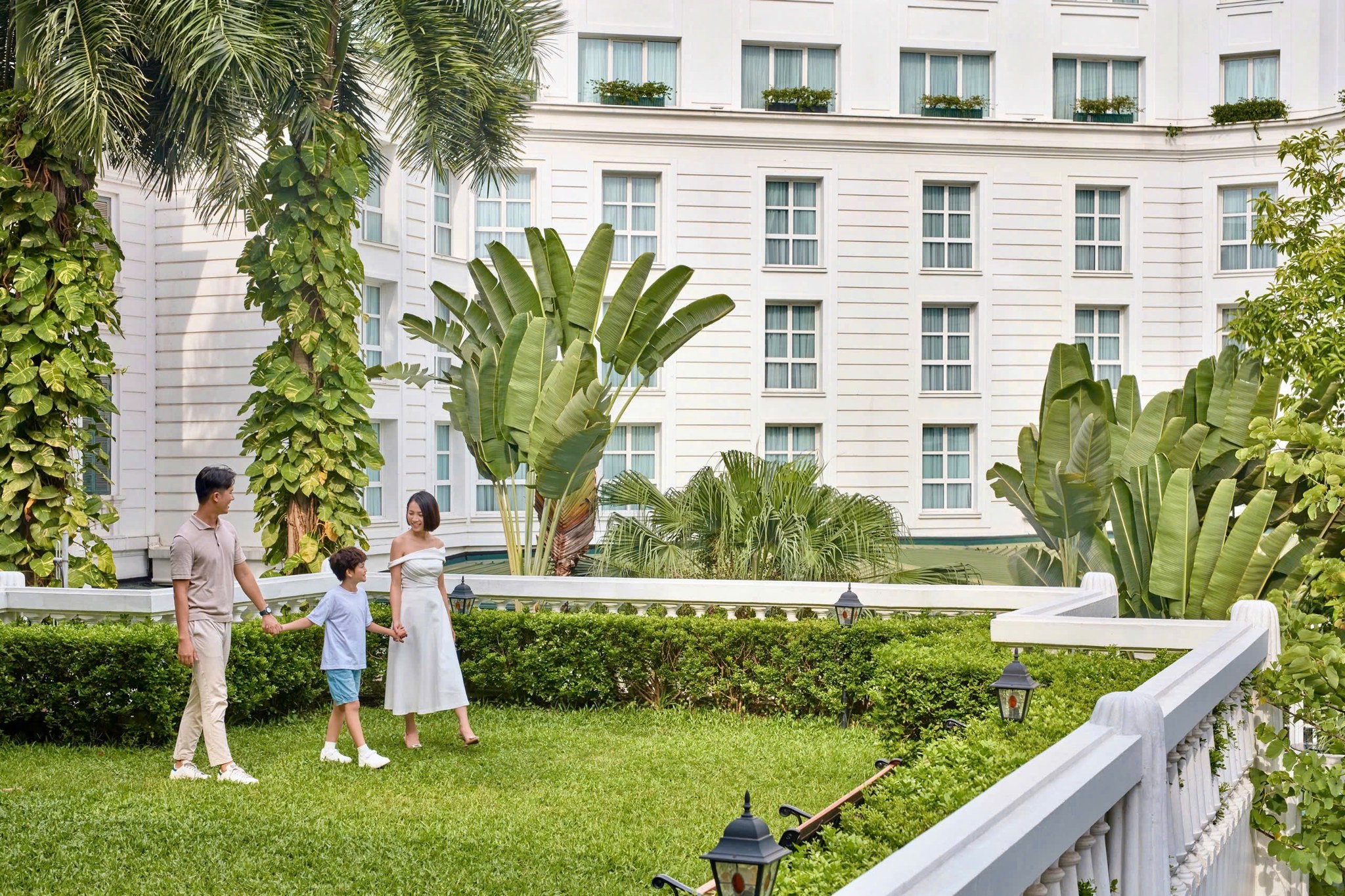
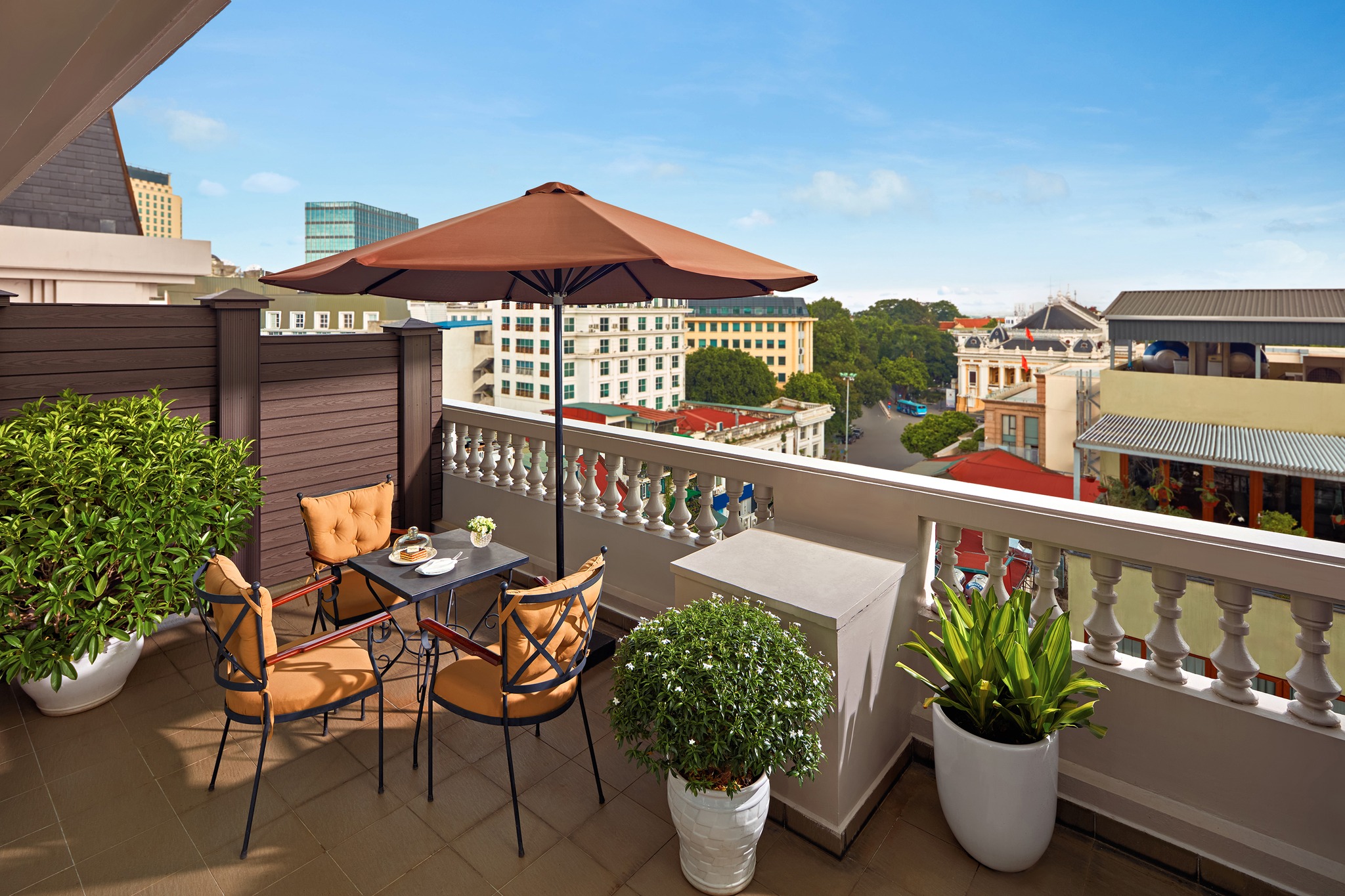
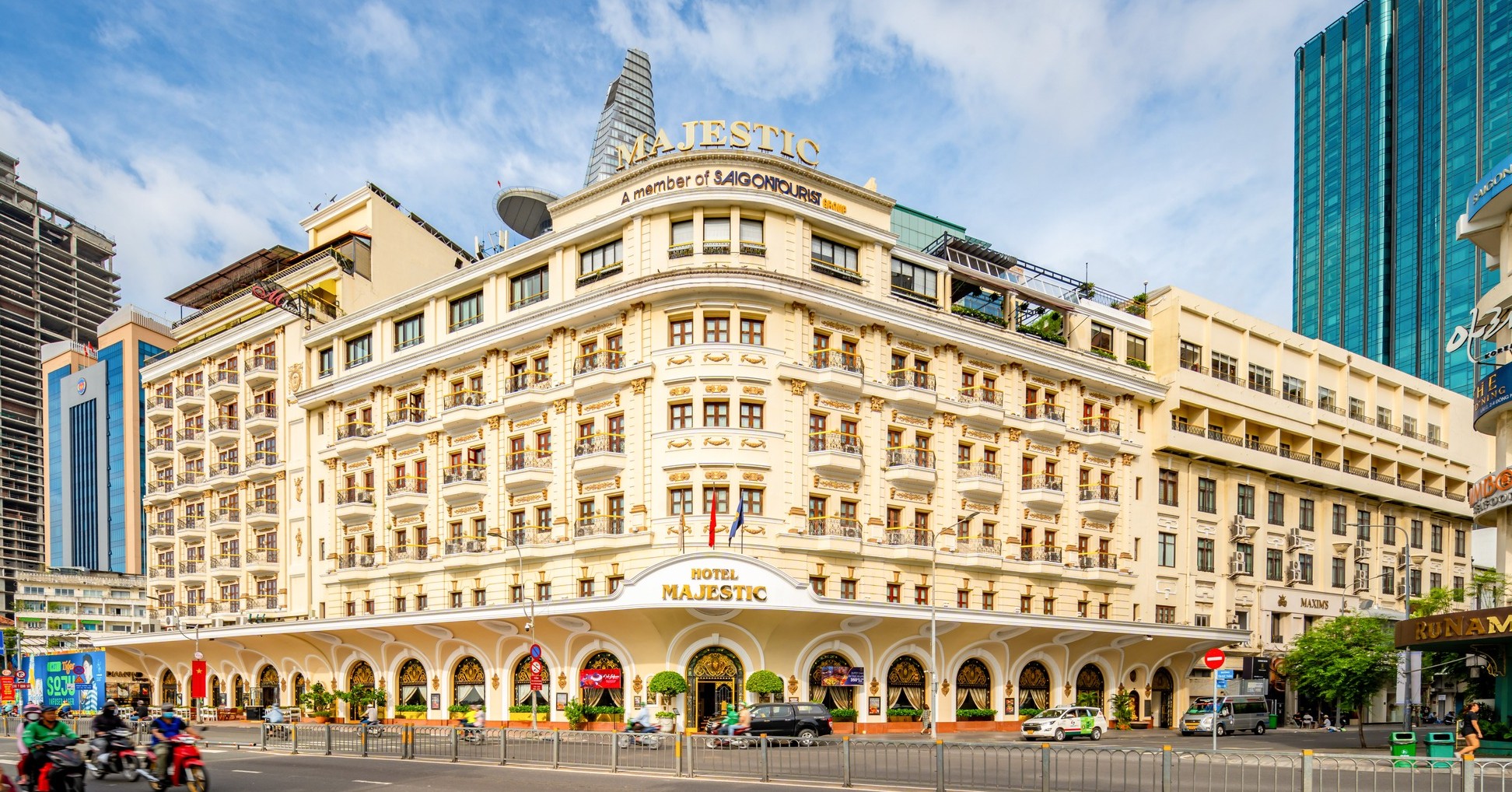
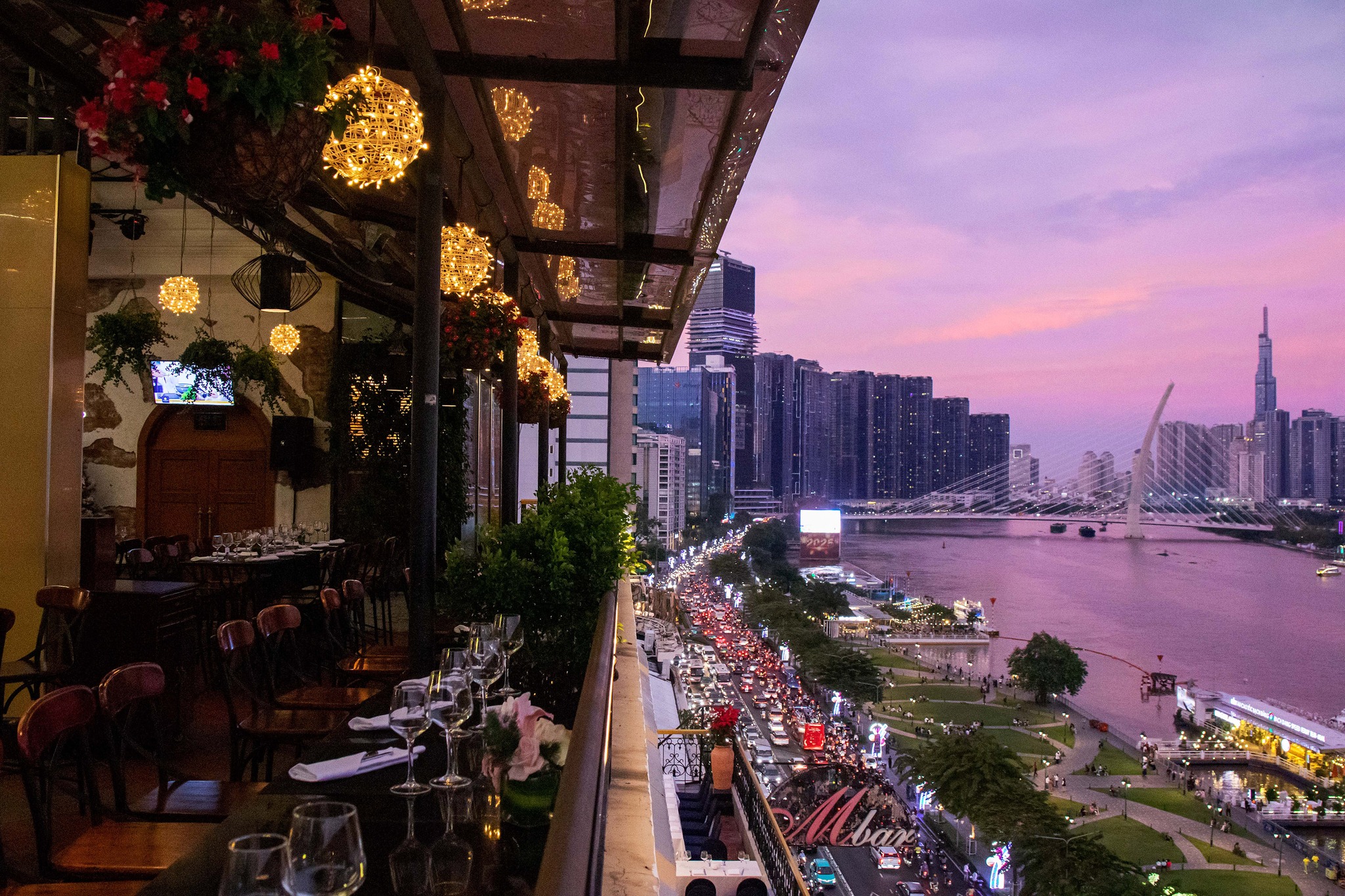
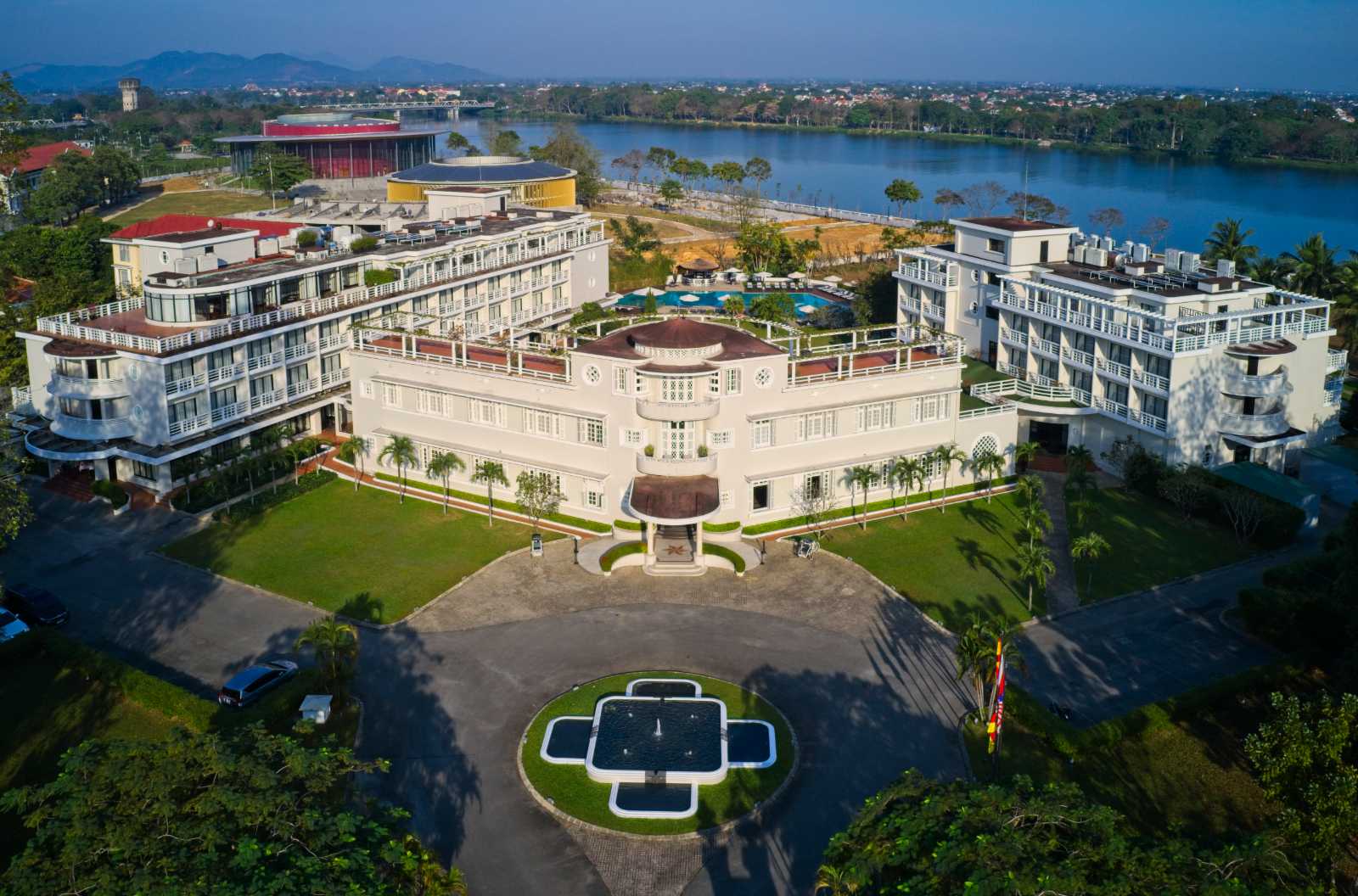
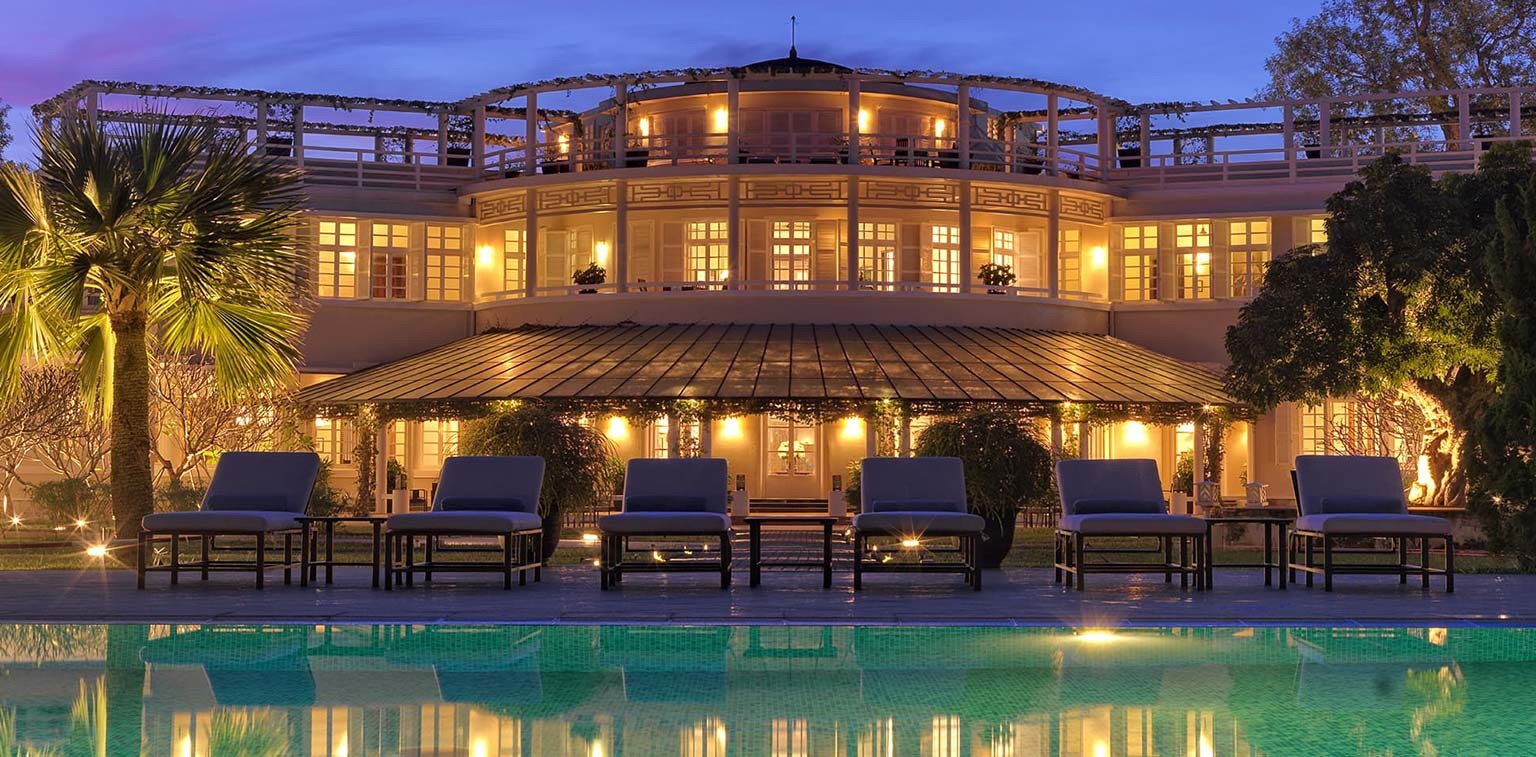
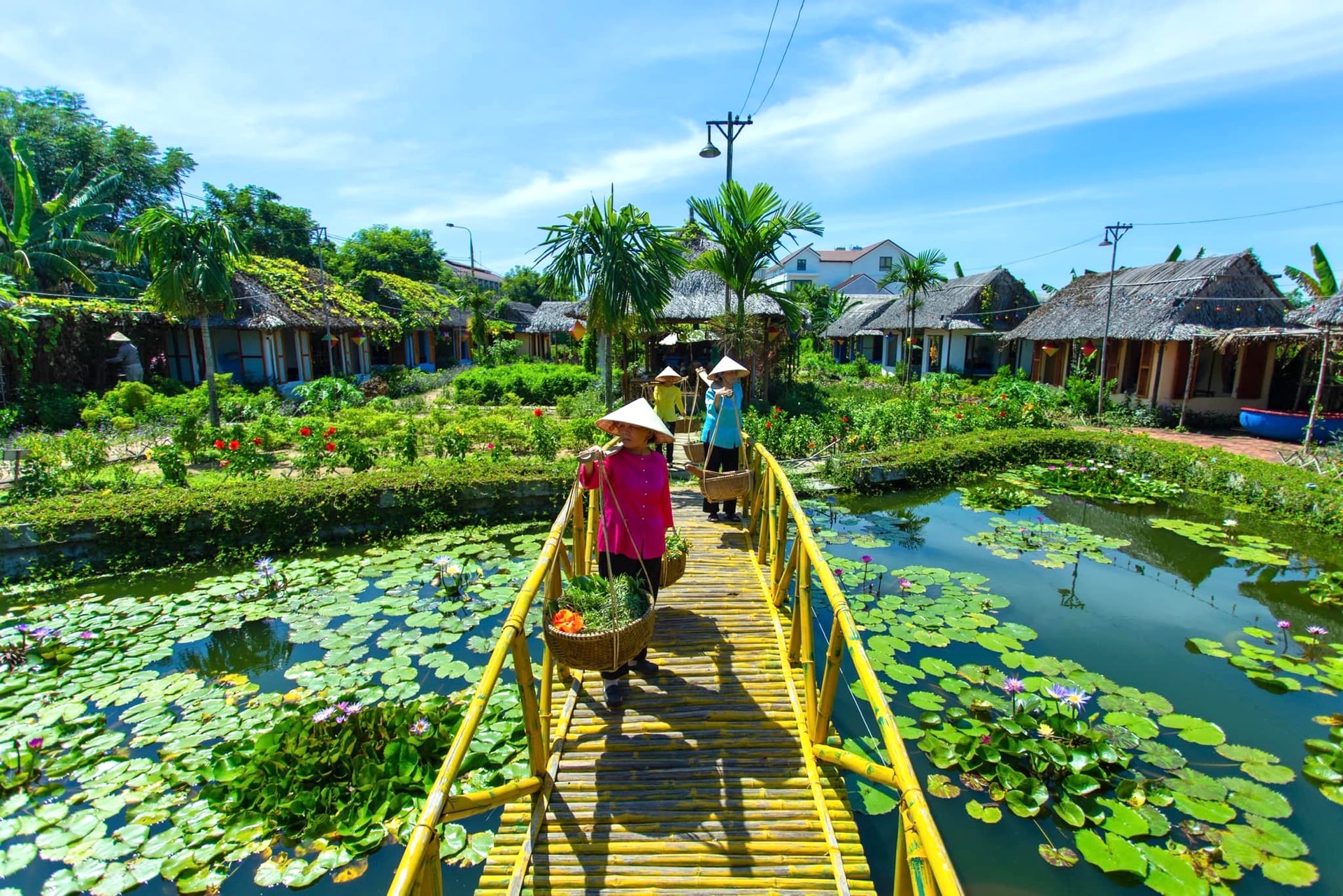
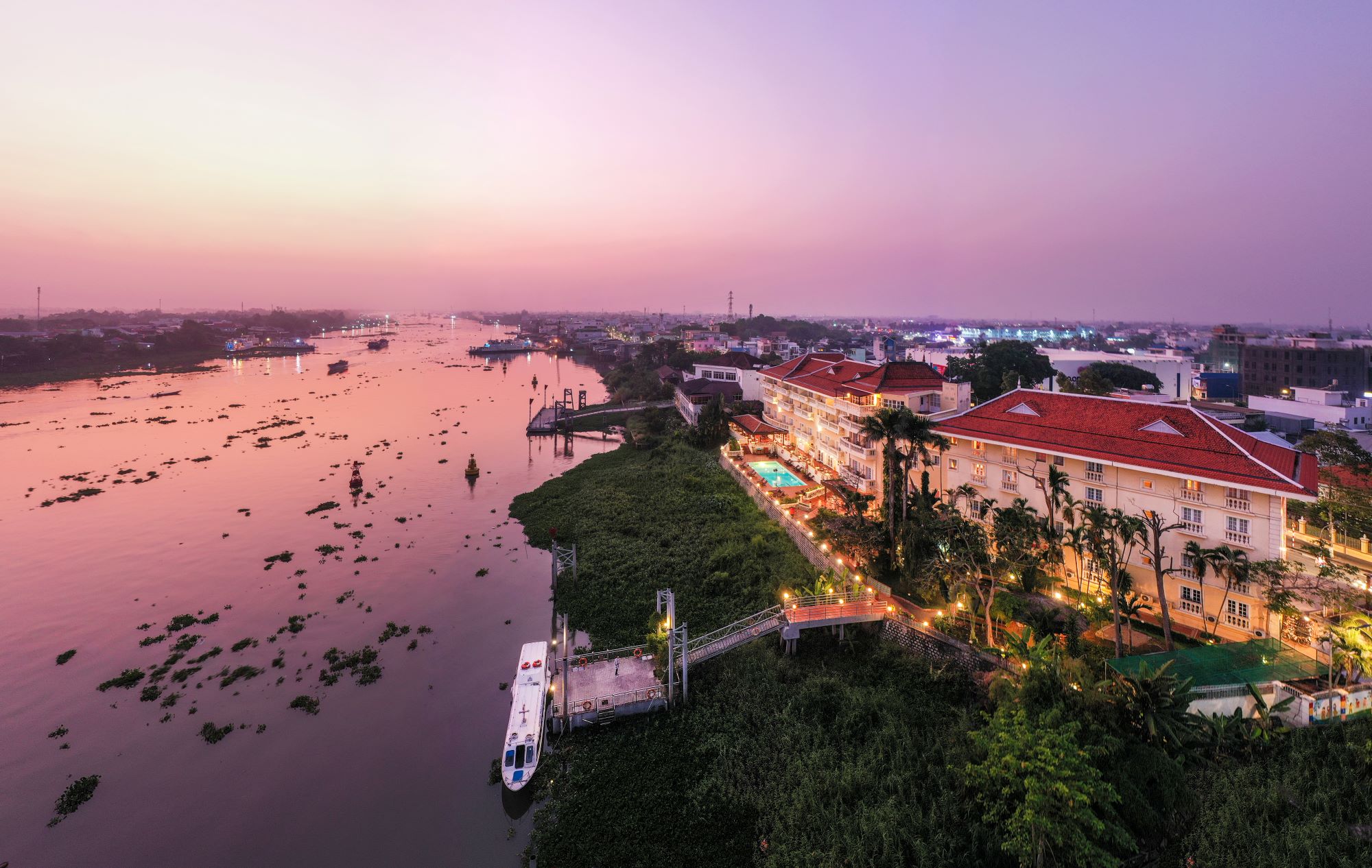
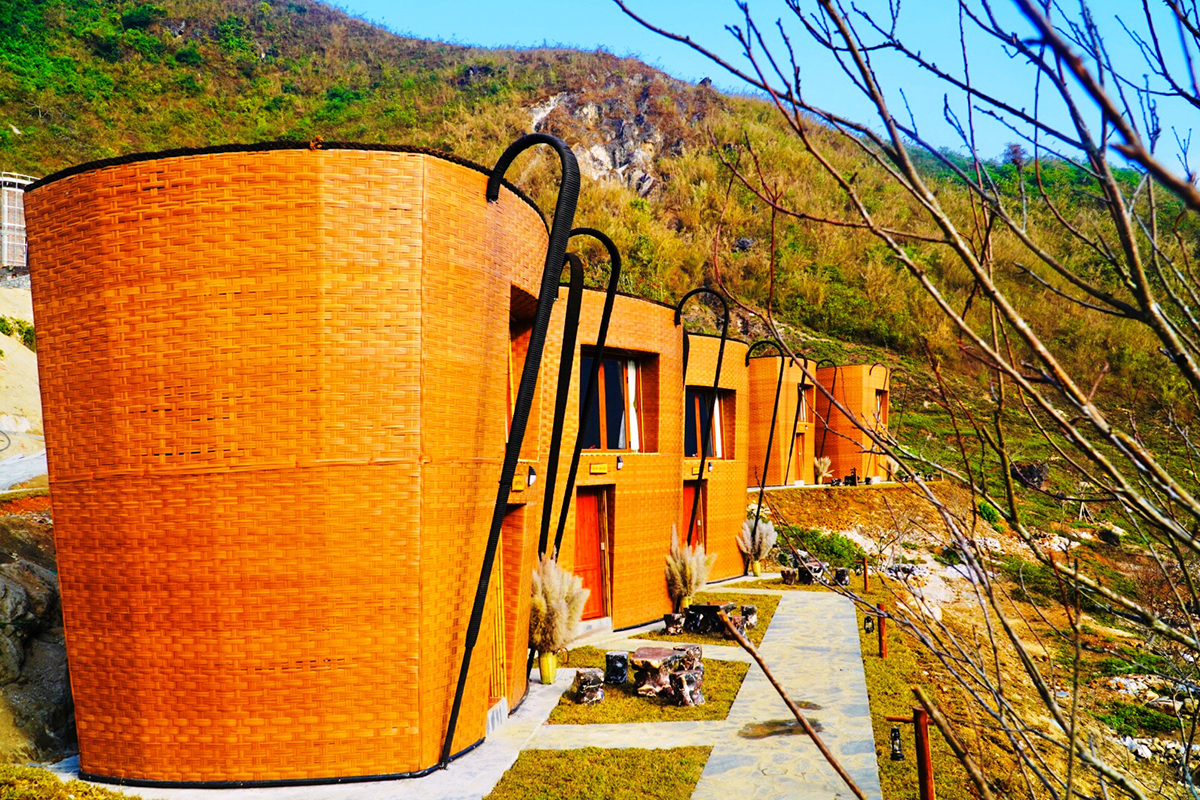
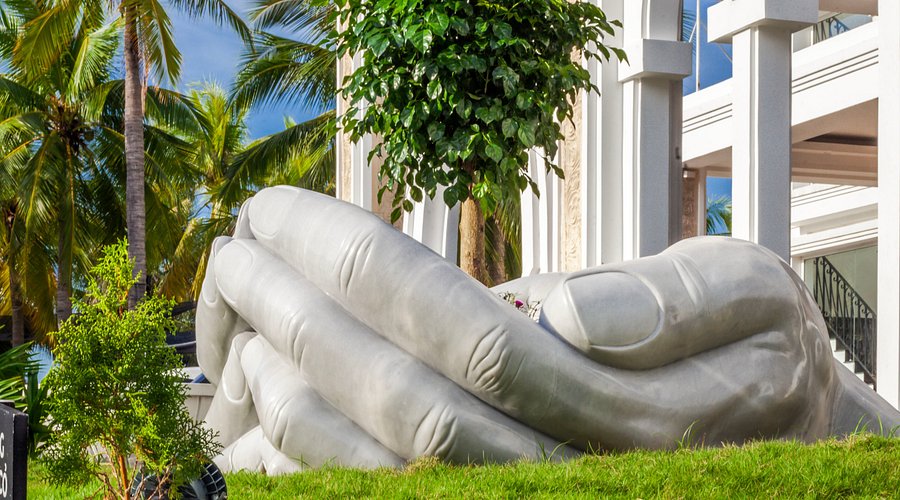
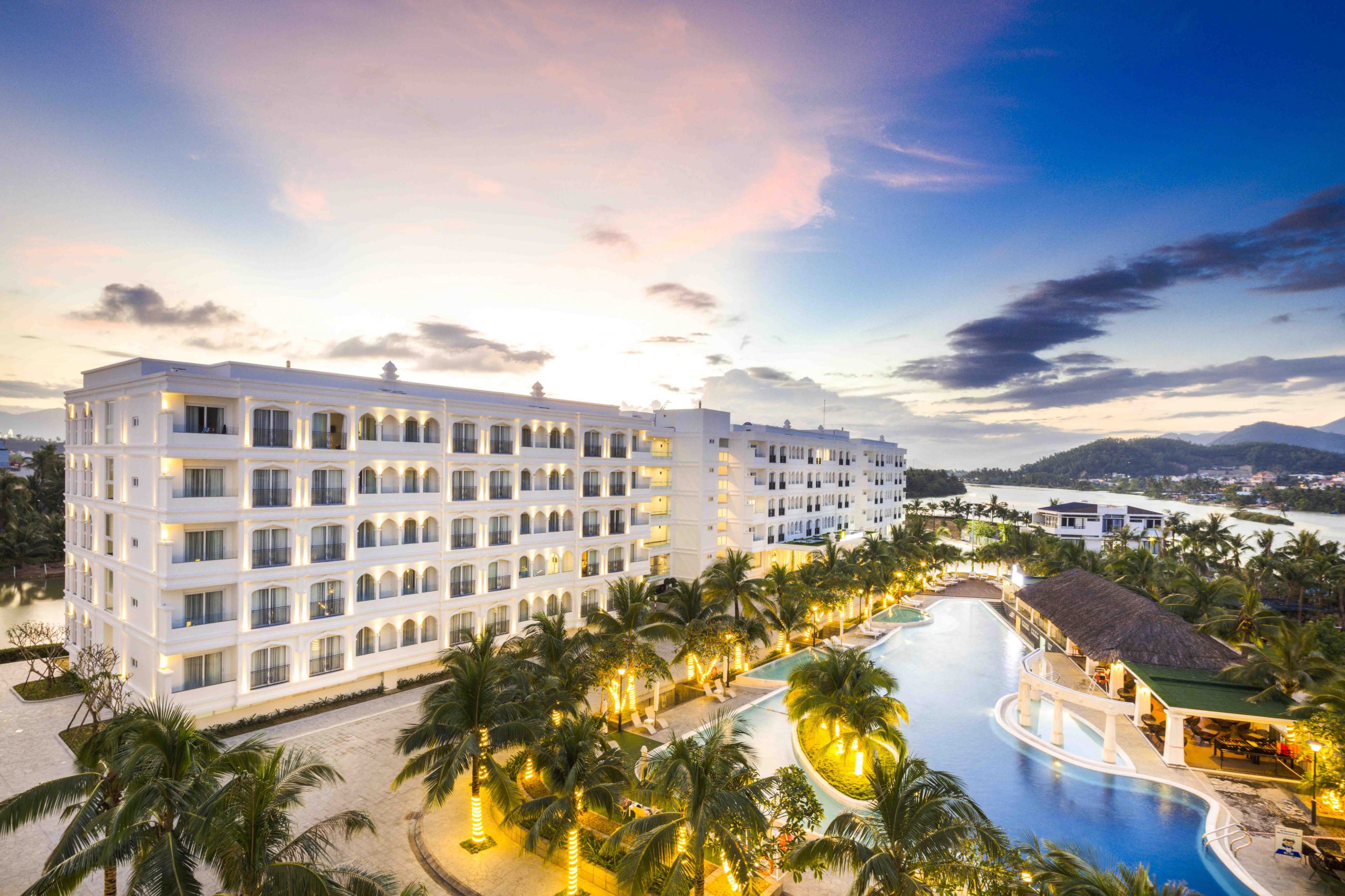
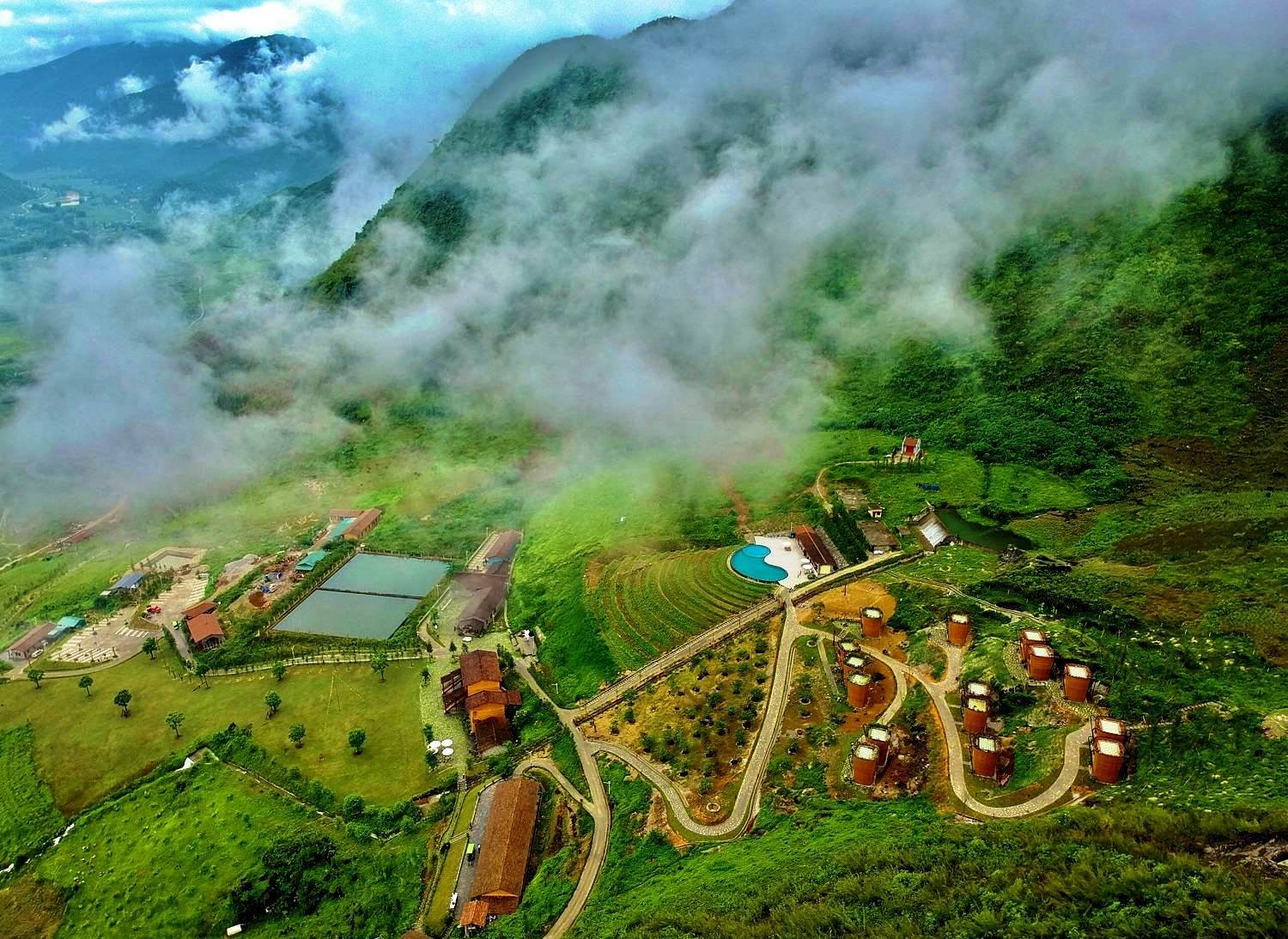
Vietnam Tourism 2025 has recognized ten pioneering hotels for their commitment to sustainable tourism. These establishments not only deliver premium services but also integrate environmentally friendly practices, preserve cultural heritage, and contribute to community development. Their achievements represent an important step toward a more responsible tourism industry in Vietnam.
Ana Mandara Cam Ranh Resort (Khanh Hoa Province)
Ana Mandara Cam Ranh stands out for its architecture that harmonizes with nature. Over 85 percent of the property is covered with native plants, creating a fresh and tranquil environment. The resort promotes sustainability through initiatives such as farm-to-table dining, composting organic waste, replacing single-use plastics, and organizing mangrove planting and beach clean-up programs to raise environmental awareness. A highlight is the on-site water bottling system that completely eliminates disposable plastic bottles. The “Zero Plastic” campaign is supported by eco-friendly alternatives including paper straws, biodegradable tissues, and paper packaging. Each guest room carries a Green Card with the message: “I am not only here to rest but also to make a difference.”
Salinda Resort Phu Quoc Island (Kien Giang Province)
Nestled along the tranquil Duong Dong coastline, Salinda Resort blends local culture with modern architecture. Over 70 percent of its area is covered in greenery and flowers, featuring more than 96 plant species, including trees over 150 years old. The tropical gardens provide fresh fruit like bananas, mangoes, and guavas that are served directly to guests. The resort is also home to the island’s only saltwater electrolysis pool, which provides a gentle, chemical-free swimming experience. Salinda has been praised for its strong commitments to waste reduction and water recycling, setting an example for eco-conscious hospitality in Phu Quoc.
Sofitel Legend Metropole Hanoi (Hanoi City)
Sofitel Legend Metropole Hanoi remains a symbol of architectural heritage preservation and sustainable operation. The hotel has received the Green Globe certification and several prestigious awards, including the ASEAN Green Hotel Award and the Hanoi City Green Energy Award. Its sustainability efforts focus on reducing carbon emissions and conserving resources while maintaining world-class hospitality standards.
Hotel de L’Opera Hanoi (Hanoi City)
Located in the heart of Hanoi, this five-star boutique hotel merges French elegance with sustainable innovation. It participates in the global Planet 21 initiative, which promotes responsible resource use and community support. The hotel’s energy-efficient lighting, water-saving programs, and in-room recycling bins clearly reflect its dedication to environmental protection.
Majestic Saigon Hotel (Ho Chi Minh City)
Majestic Saigon, one of Ho Chi Minh City’s historic landmarks, leads the transformation toward greener hospitality. The hotel follows the 3R principles—Reduce, Reuse, and Recycle—in its daily operations and prioritizes the purchase of local and eco-friendly products. Regular staff training, environmental risk management, and safety programs are part of its comprehensive sustainability policy. Majestic Saigon also invests in new technologies to save energy and enhance efficiency, aligning with ISO 14001:2015 environmental management standards.
Azerai La Residence Hue (Hue City)
Azerai La Residence Hue preserves its original Art Deco architecture while maintaining lush gardens along the Perfume River. The hotel focuses on reducing plastic waste and using environmentally friendly materials. Waste separation at the source and resource conservation policies are implemented across departments. Through continuous education and communication, the hotel inspires staff, suppliers, and guests to protect the environment and contribute to Hue’s vision as a clean and sustainable city.
Silk Sense Hoi An River Resort (Da Nang City)
Silk Sense Hoi An River Resort upholds the goal of “zero plastic waste” and runs an organic garden that supplies fresh produce for its restaurants. The resort has earned the Travelife Gold certification, recognizing its global-level commitment to environmental protection and social responsibility. By replacing all single-use plastics with bamboo, wood, and biodegradable materials, Silk Sense offers an elegant yet eco-friendly experience that encourages guests to travel responsibly.
Victoria Chau Doc Hotel (An Giang Province)
Victoria Chau Doc embraces sustainable tourism rooted in the Mekong Delta’s river culture. The hotel eliminates plastic waste by using glass bottles, paper straws, and refill stations for reusable containers. It prioritizes locally made products and handicrafts, reducing transportation emissions and supporting local artisans. Guests can cycle around the countryside or join cultural tours, deepening their connection with local life while supporting environmental awareness.
Champa Island Nha Trang Resort (Khanh Hoa Province)
Situated on a serene island surrounded by river and sea, Champa Island Nha Trang follows a closed-loop eco-tourism model. Its rooftop solar system saves up to 50 percent of daytime electricity consumption, while waste collection and water treatment meet environmental standards. With 80 percent of its area covered by greenery, the resort provides a refreshing retreat for travelers. Creative initiatives such as the “Happy Green Hands” sculpture and recycled art installations highlight its commitment to sustainability and local engagement.
H’mong Village Resort (Ha Giang Province)
H’mong Village was built with the vision of preserving highland culture while offering an eco-conscious retreat. Its design draws inspiration from traditional H’mong architecture and integrates modern comfort with natural simplicity. The resort promotes green living through the use of electric vehicles, energy conservation, and reduced plastic use. Beyond hospitality, it supports local communities by hiring ethnic minority workers, providing vocational training, and promoting traditional handicrafts and local produce. H’mong Village has become both a destination for relaxation and a model for sustainable community development in the northern highlands of Vietnam.
Recent Post
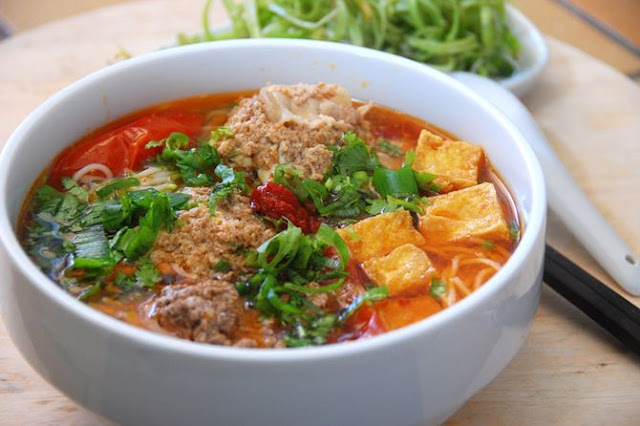
Nha Trang Crab Vermicelli: A Coastal Twist on a Northern Classic
Among Vietnam&rsqu...
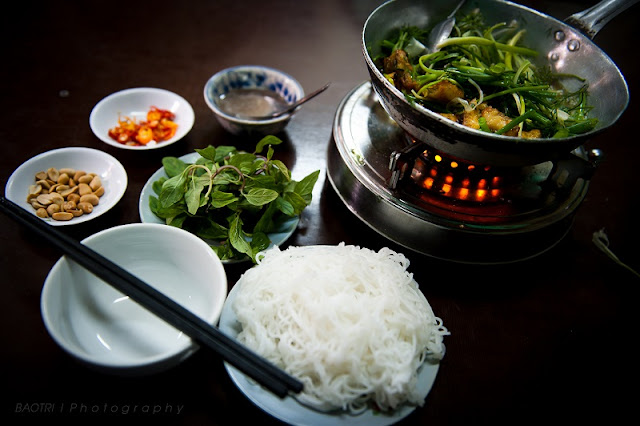
Cha Ca La Vong: The Iconic Hanoi Turmeric Fish with Dill
Among the many bel...

Son Doong Cave - Vietnam’s Emerging Natural Wonder and Tourism Magnet
Located in the cen...
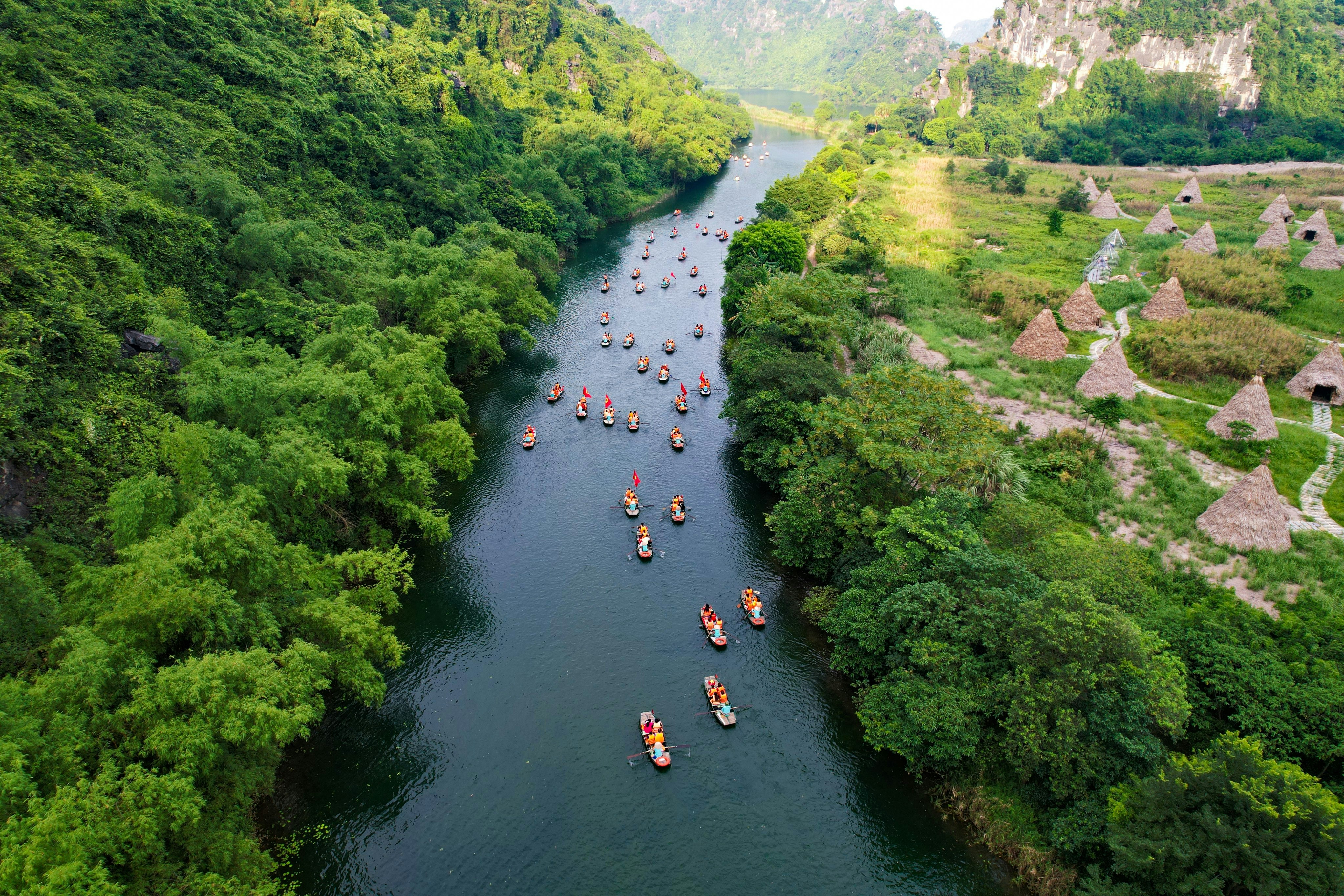
Trang An Scenic Landscape Complex - The “Ha Long Bay on Land” of Ninh Binh
Recognized by UNES...
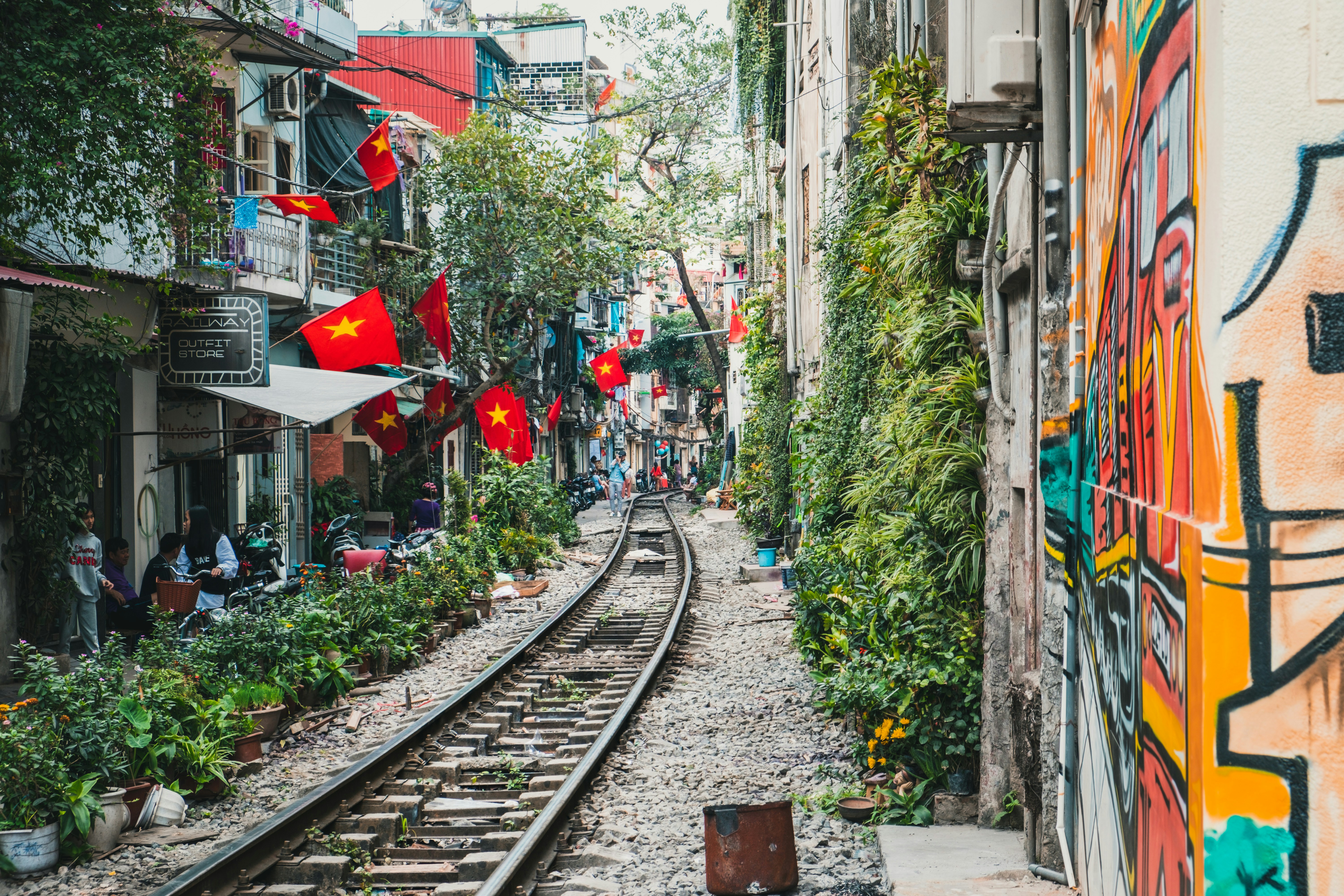
Hanoi Ranks Second Among Asia’s Top Honeymoon Destinations
Hanoi, the capital...
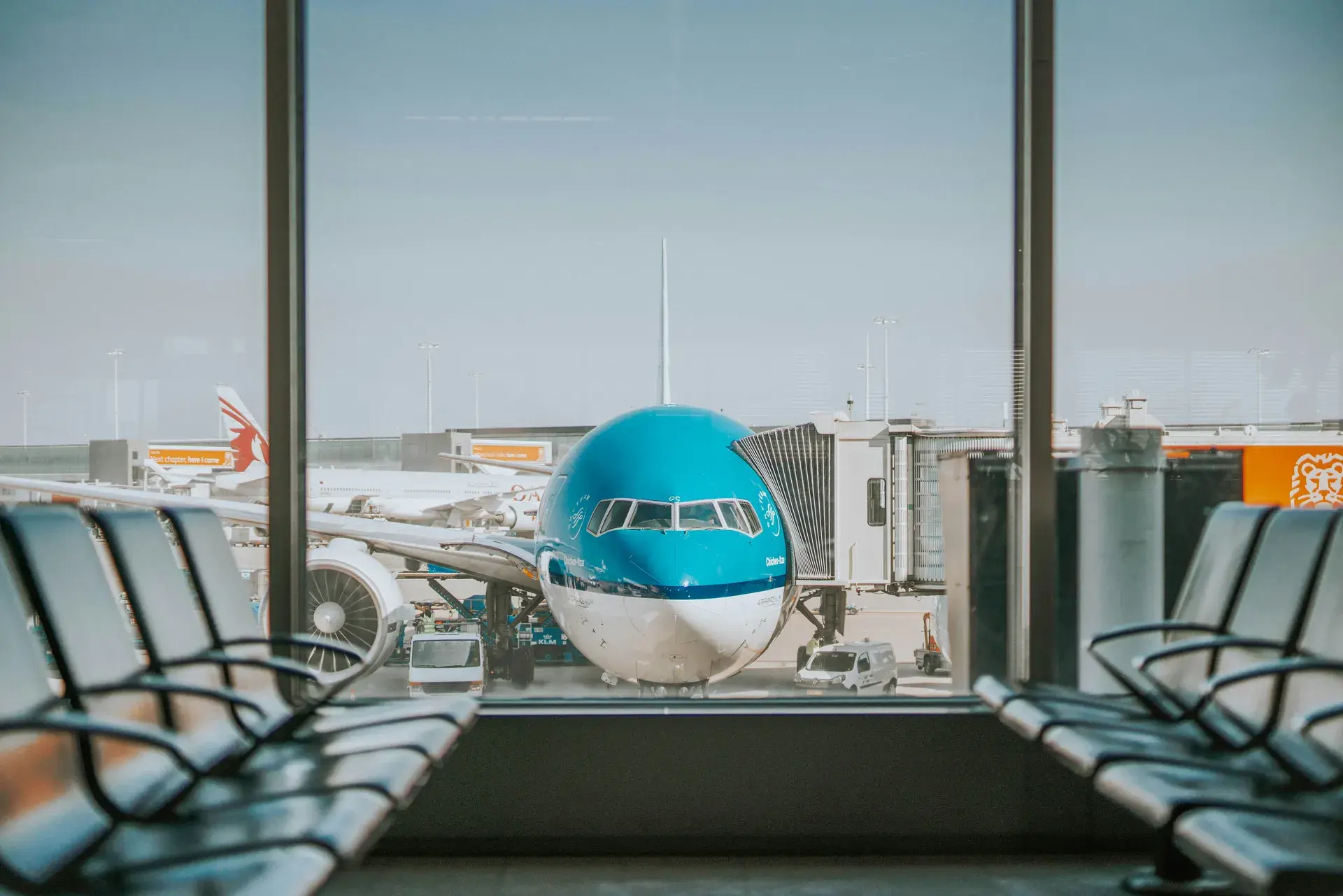
10 Smart Ways to Travel Better While Saving More
Today’s trav...

